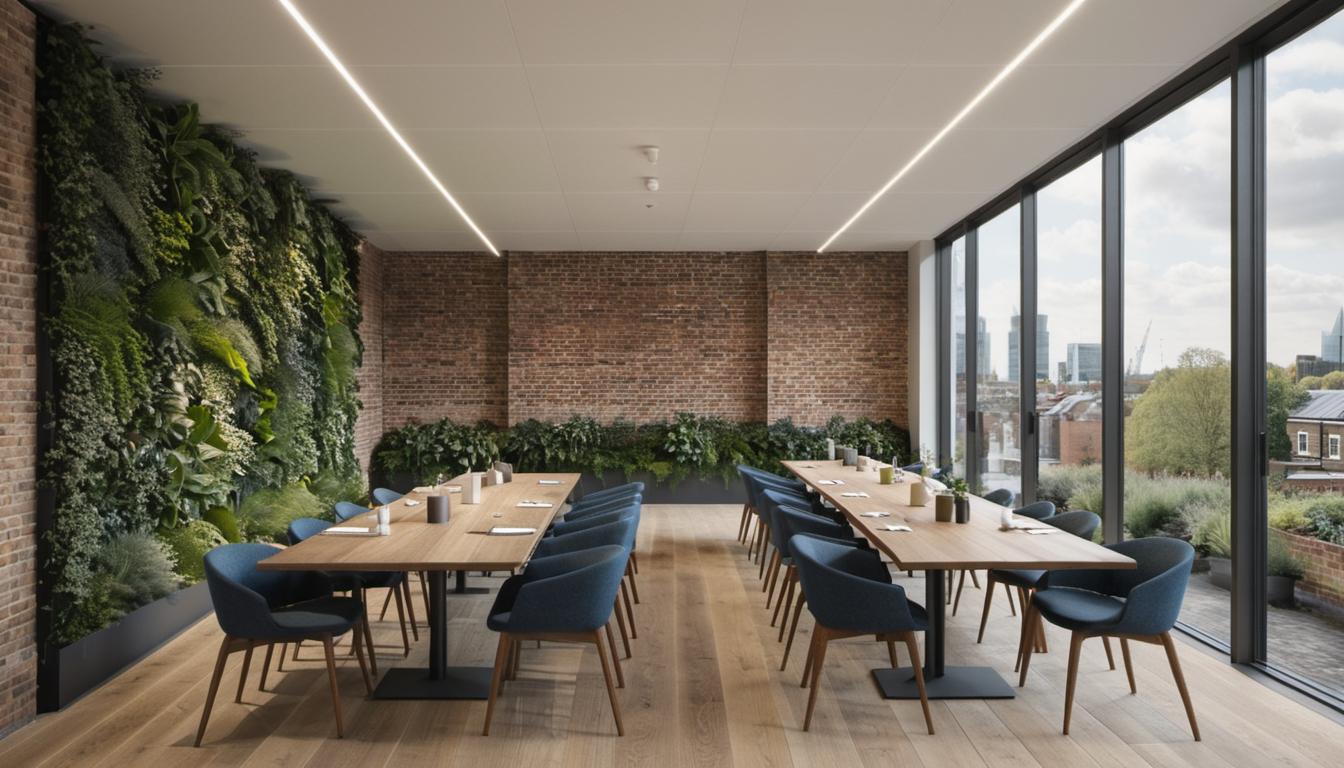Introduction to Legal Requirements for Architectural Designs
In this post, our focus is on how architects, interior designers, and real estate professionals can navigate the often complex world of legal requirements for architectural plans. We’ll examine how to handle local jurisdictional demands, and discuss the process for obtaining necessary permits. As you make your way through this content, you will gain a better understanding of the legal landscape linked to architectural designs.
Understanding Local Architectural Requirements
Zoning Regulations and Review Boards
- Zoning codes shape our urban landscapes, controlling aspects like land use, density, and setbacks. Recognizing these is key for any architectural plan.
- Review boards help ensure that our buildings fit with their surroundings. Their role is critical to every project.
International Building Code (IBC)
- The IBC is a universal set of guidelines that governs architectural design. Defining standards for fire prevention and other aspects, the IBC has a profound impact on building construction.
- By adhering to the IBC, architects commit to the principles of public health, safety, and welfare. This safeguard is an essential element of most real estate plans.
Community Impact and Environmental Considerations
- Design review boards look at how a building fits into the local environment. The visual appearance and aesthetic compatibility of a structure are central to this process.
- In a world grappling with climate change, green imperatives are reshaping architectural practices. Energy efficiency, sustainability, and environmental considerations now shape many local requirements.
The Role of the Authority Having Jurisdiction
Permit Process and Requirements
- Obtaining the necessary permits involves multiple steps. This process is key to the eventual success of your project.
- Permits ensure legal and technical compliance. Keeping your project on the right side of the law and preventing delays and complications further down the line.
Local Vs International Code Requirements
Adapting to Local Requirements
- Local authorities adopt the ICC’s guidelines and adapt them to their specific needs. It’s important to understand how local variations may bind your project.
- Sometimes, local requirements are stricter than international standards. Navigating these nuances is key to successful architectural planning.
Understanding the Implications of Non-compliance
Negative Outcomes of Non-compliance
- Non-compliance can slow down your project, lead to legal complications and damage your reputation. Prevention is better than a cure.
- Building codes and zoning regulations ensure structures can stand up to hazards. While it may sometimes be frustrating, these obligations serve the public good.
Explaining the Concepts of Copyright and Architectural Plans
Ownership And “Work for Hire” Contracts
- An architect owns the copyright to their architectural plans. This can raise issues when employees and employers disagree over ownership of designs. Work for hire contracts often detail the specifics of these arrangements.
- Using someone else’s architecture designs without permission is a copyright infringement. Working within the rules and seeking the necessary approvals can help avoid costly legal challenges.
FAQs on Legal Requirements For Architectural Designs
-
Navigating local architectural requirements is key. This ensures the right checks and balances are in place and accelerates the approval process.
-
Architects should always have the latest knowledge of local jurisdiction, IBC requirements and any other specific conditions set by review boards.
Wrapping Up
The world of architectural design is complex and subject to a vast array of legal and regulatory requirements. These regulations serve a crucial role, ensuring the safety, sustainability, and aesthetic appropriateness of constructions. Understanding them is imperative for architects, interior designers, and real estate industry professionals. It assists in avoiding potential penalties due to non-compliance and guarantees a smooth project operation from planning to completion.
Sources
This post draws from a wealth of information available on architecture laws and policies. We aim to make the often complex world of architectural regulation more approachable for all of our readers.






